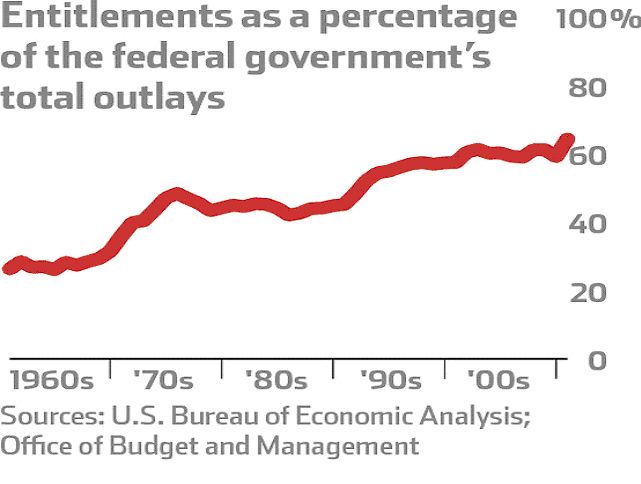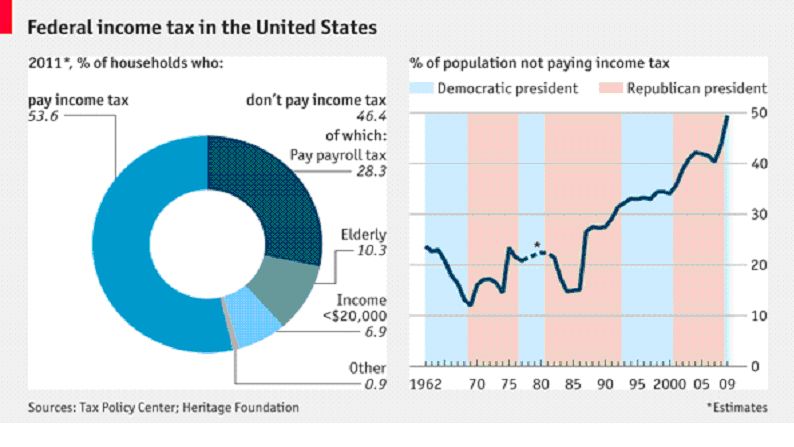

InterAksyon.com
The online news portal of TV5
Whoever wins in the US Presidential elections next month will govern the biggest economy in the world, which also has the largest public debt worldwide. In fact, the US public debt is larger than its gross domestic product.
At the start of the current fiscal year, October 01, 2012, the US public debt stood at $16.159 trillion, composed of (a) debt held by the public at $11.311 trillion, and (b) intra-governmental holdings at $4.848 trillion. A day after, the total moved up to $16.171 trillion or an increase of $12 billion in just one day. For a good debt clock of the US to watch that is moving every minute and every second, just refresh this link.
And here is the growth of such debt through the years.
While the US government holds the 1st place worldwide in absolute amount of public debt, the Japanese government holds the 1st place worldwide in terms of the ratio of public debt to GDP, followed by Greece and Portugal in 2nd and 3rd places.
What explains the huge spike in US public debt and spending, especially in recent years? Or where can the next administration possibly make some spending cuts in order to minimize the fiscal bleeding and reduce the need for endless borrowings?

Source: http://s.wsj.net/public/resources/images/RV-AI016A_ENTIT_G_20120831013902.jpg
The welfarist and collectivist philosophy prevents or opposes cutting such spending. The advocates of this philosophy argue that the main function of government is to redistribute income, to confiscate more money from the haves and give it to the ?have nots? or ?have little? through a thick layer of bureaucracy at the national and local government levels that act as middlemen between these supposedly contradicting camps.
There is a twist somewhere here. As the need for more taxes by the US government rises, the number of people who do not pay federal income tax also rises. And this contributes to a pernicious situation where expenditures keep rising while tax revenues do not follow in step.

Source: The Economist, September 18th 2012, http://www.economist.com/blogs/graphicdetail/2012/09/daily-chart-9
The appropriate solution to reduce revenues would have been to reduce spending. Ordinary households do that. When the income is low, they cut on spending and minimize borrowings whenever possible. Most governments - the US and the Philippines among them - do the reverse. As the funding gap between expenditures and revenues rises, they keep borrowing to maintain high expenditures as if the public debt burden can be solved by Batman or other fictitious characters.
The biggest challenge for the next President of the US is how to reduce public debt and government spending without compromising the productive capacity of the citizens, the entrepreneurs and ordinary workers, who will ultimately pay off those mountains of debt that have been accumulated through decades of fiscal irresponsibility by various administrations.
And the public ? in the US, Europe, the Philippines and elsewhere ? have to reconsider the welfarist and forced collectivism philosophy.? There is ample room to manage or allow society to run on more personal, parental and civil society responsibility, and less on government responsibility.
?
willis mcgahee willis mcgahee ship aground off italy nfl playoff schedule 2012 nfl live saints vs 49ers vanessa marcil
No comments:
Post a Comment
Note: Only a member of this blog may post a comment.